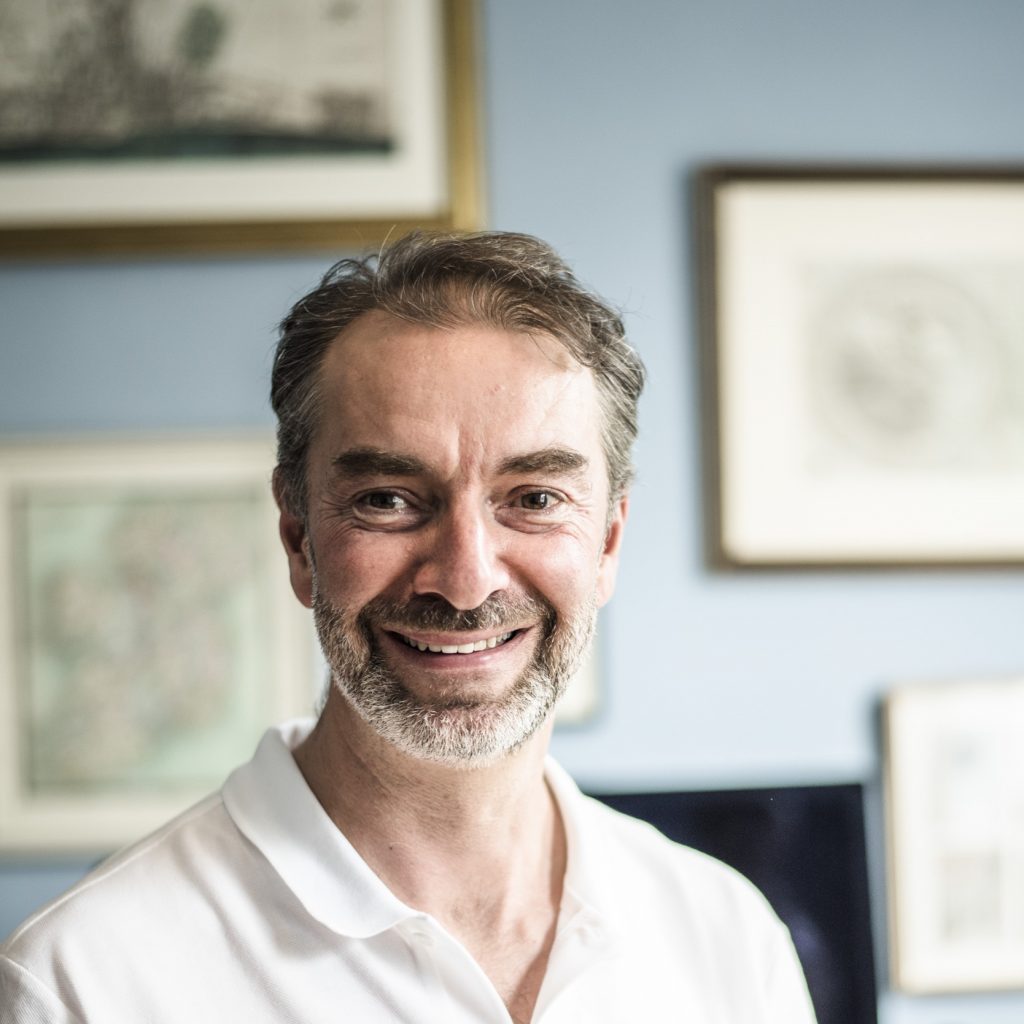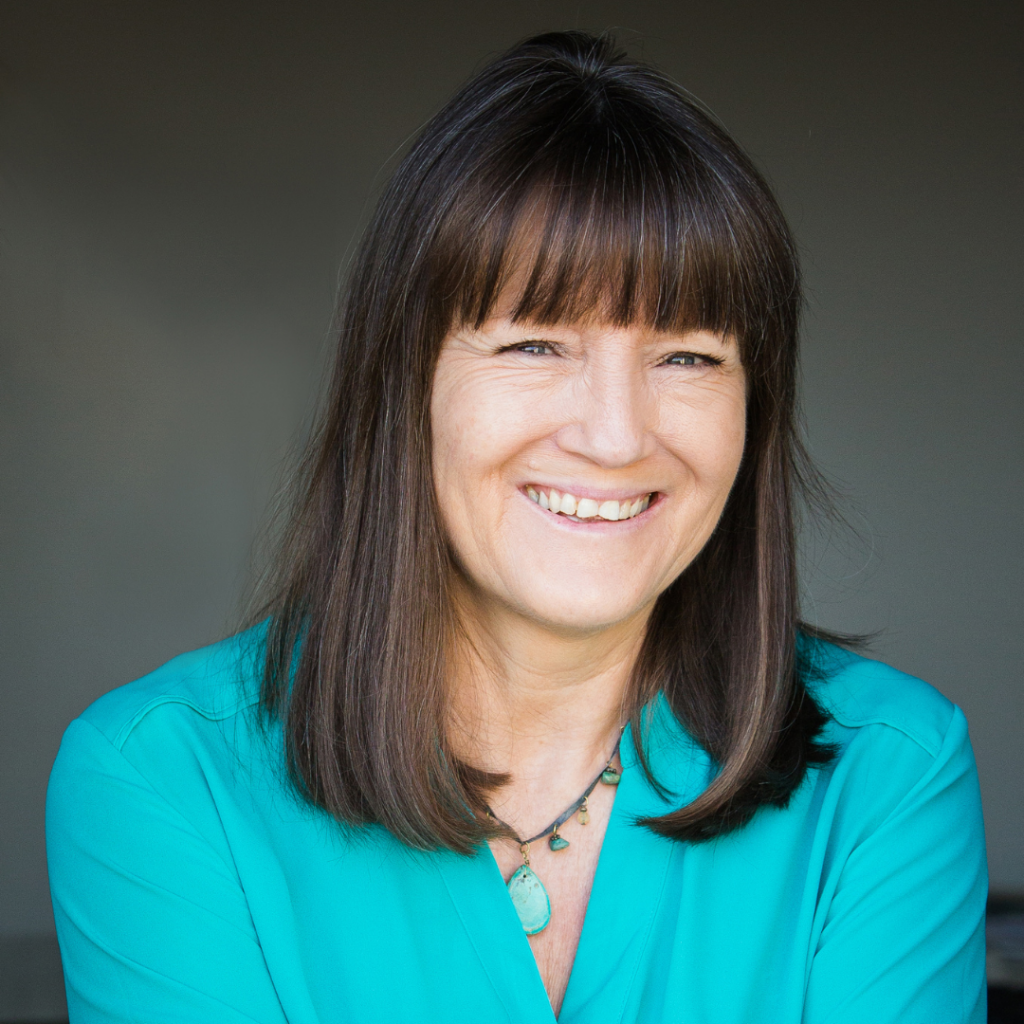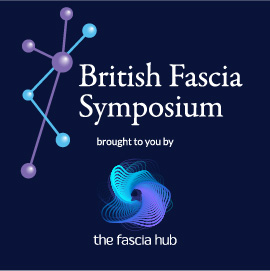Jan is the founder and director of the British Fascia Symposium and The Fascia Hub. She has been in healthcare since 1979, originally training as a State Registered Nurse in the Queen Alexandra Royal Army Nursing Corps (QARANC), working with patients on the wards and in the operating theatre; a superb if non-deliberate foundation for her future career as a specialist in scars and adhesions.
In 1988 she was taught by a blind massage therapist to really ‘feel’ the body, leading to a lifetime passion for body work. Jan was a massage volunteer at the Auckland Commonwealth Games where she learned from professionals from all modalities. Her work now is the culmination of many years of training and experience in different disciplines. Through her school, Body in Harmony Training, Jan runs a variety of light touch therapy courses, including Sharon Wheeler’s ScarWork, for which she was the first accredited tutor in the UK.
To learn more about Jan please visit her website: https://www.bodyinharmony.org.uk.
Jan is also the co-editor and lead author of the book Scars, Adhesions and the Biotensegral Body, published by Handspring Publishing in May 2020. Members can receive 20% off all Handspring and Singing Dragon books; the coupon code is available in the Affiliates Offers section.
Monthly Members’ Webinar – How biotensegrity informs our practice and teaching; James and Jan in conversation
Date: Thursday 19th October 2023Time: 19.00 – 20.00 UK timePresenters: James Earls and Jan TrewarthaTitle: How biotensegrity informs our practice and teaching; James and Jan in conversation Summary: As experienced practitioners and teachers, for James Earls and Jan Trewartha looking at the body through the lens of biotensegrity is vital to their work. The way we approach our clients’ physical issues is rapidly…
“Dem bones, dem bones, dem dry bones……”
“Dem bones, dem bones, dem dry bones….” as the song goes.[1] The skeleton is traditionally thought of as connected bones surrounded by the periosteum and activated by muscles. But are bones really the passive, dessicated, rigid structures we have in the past considered them to be? We are now starting to understand otherwise, and the…
“Dem bones, dem bones, dem dry bones….”
“Dem bones, dem bones, dem dry bones…..”[1] as the song goes – but are they really just that? The skeleton is traditionally thought of as connected bones each surrounded by the periosteum and activated by muscles. But are bones the passive, rigid structures we have in the past considered them to be? We are now…
Day 2 – Advisory Panel with today’s speakers
In watching this video recording, you agree to the following: I understand that all rights to the presentation content belong to the presenters without exception. Sensitive and proprietary materials will be shown. Permission is granted only to watch and take notes. No permission is granted to screenshot, record, transmit or share the content. Doing so…
Day 1 – Advisory Panel with today’s speakers
In watching this video recording, you agree to the following: I understand that all rights to the presentation content belong to the presenters without exception. Sensitive and proprietary materials will be shown. Permission is granted only to watch and take notes. No permission is granted to screenshot, record, transmit or share the content. Doing so…
Day 2 Introduction and acknowledgment of current situation
In watching this video recording, you agree to the following: I understand that all rights to the presentation content belong to the presenters without exception. Sensitive and proprietary materials will be shown. Permission is granted only to watch and take notes. No permission is granted to screenshot, record, transmit or share the content. Doing so…




